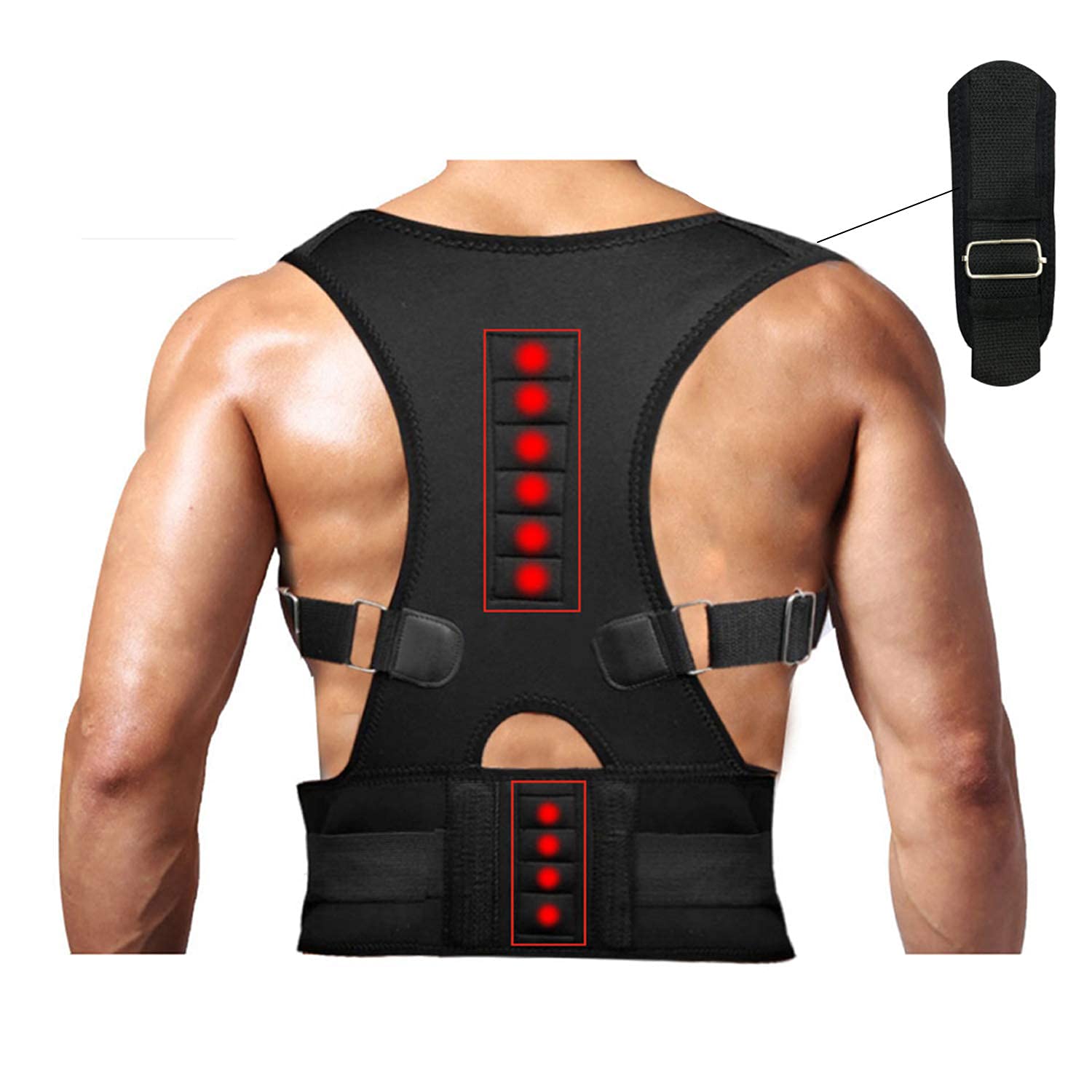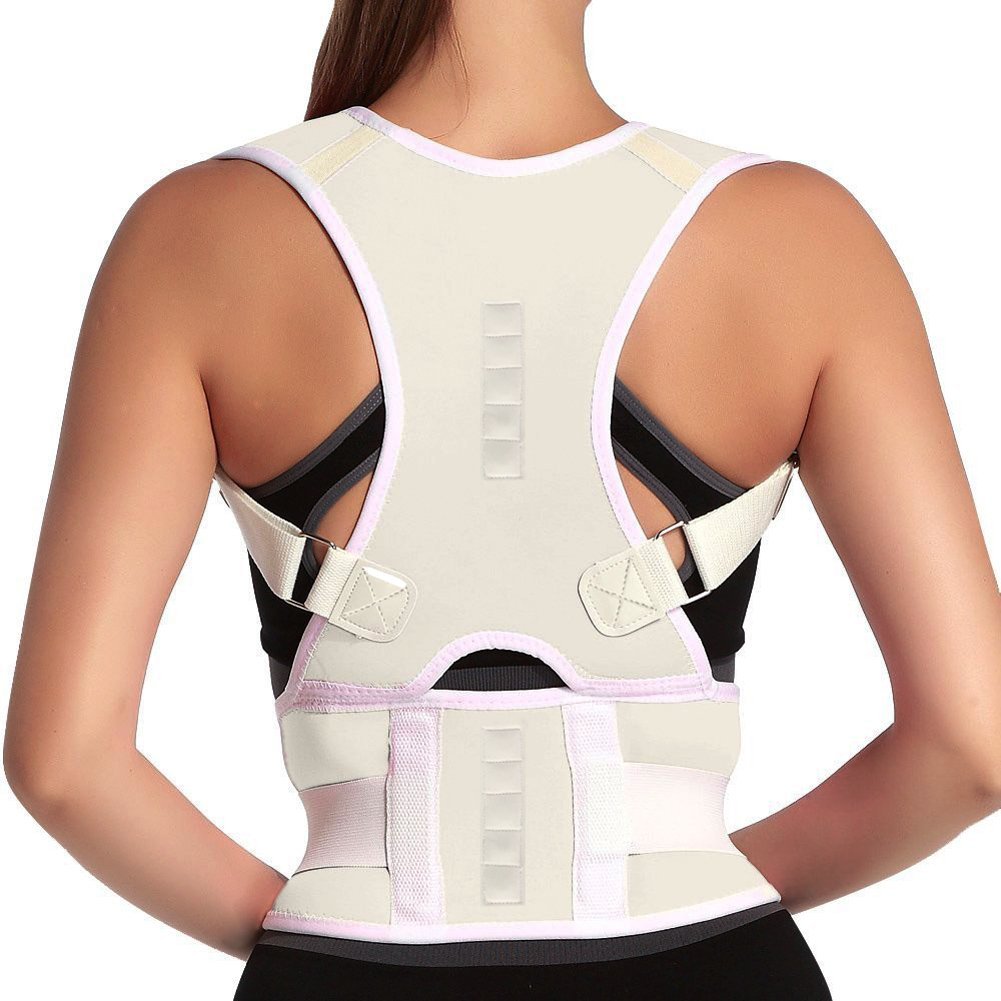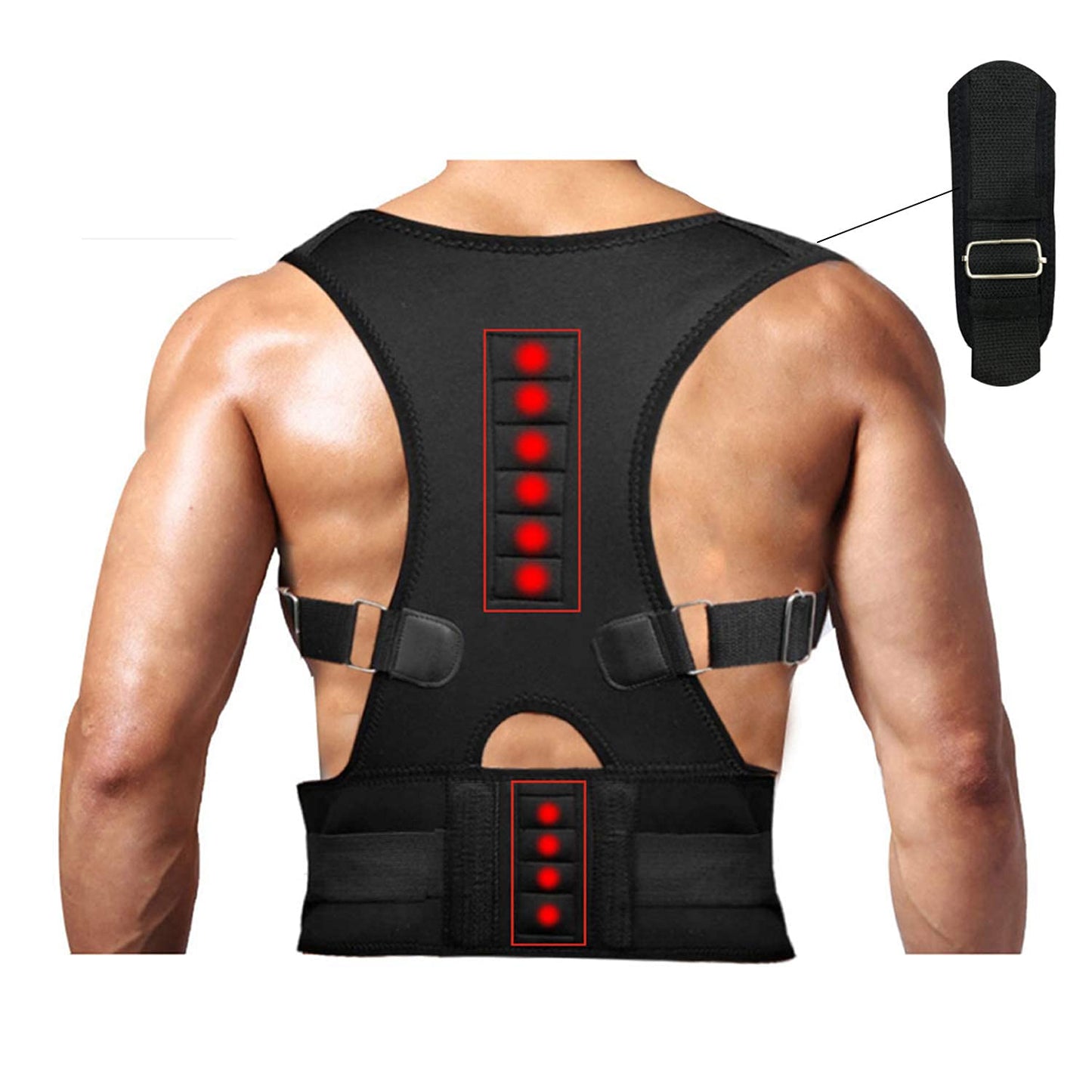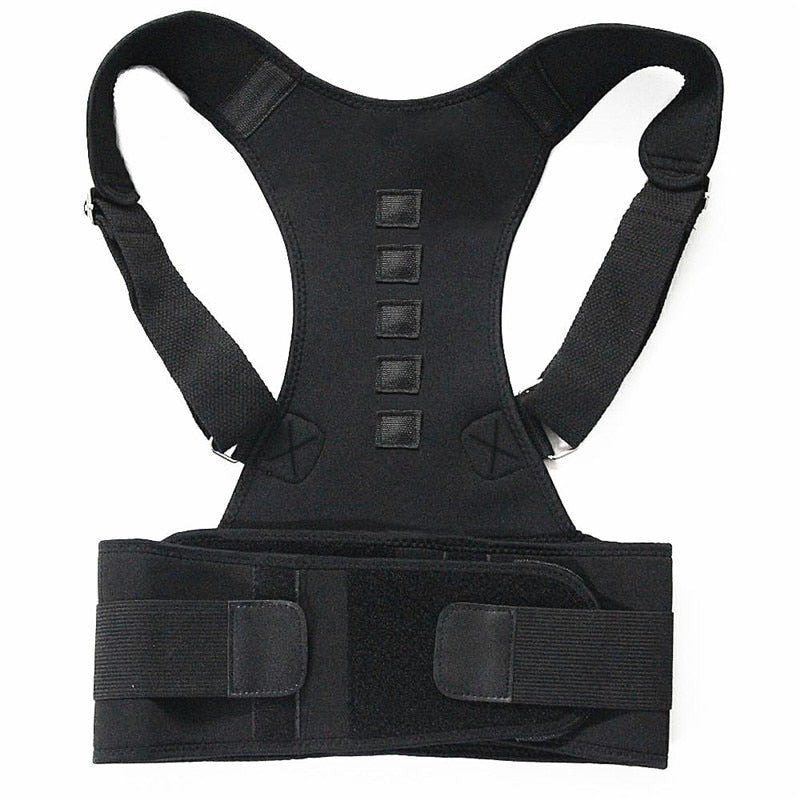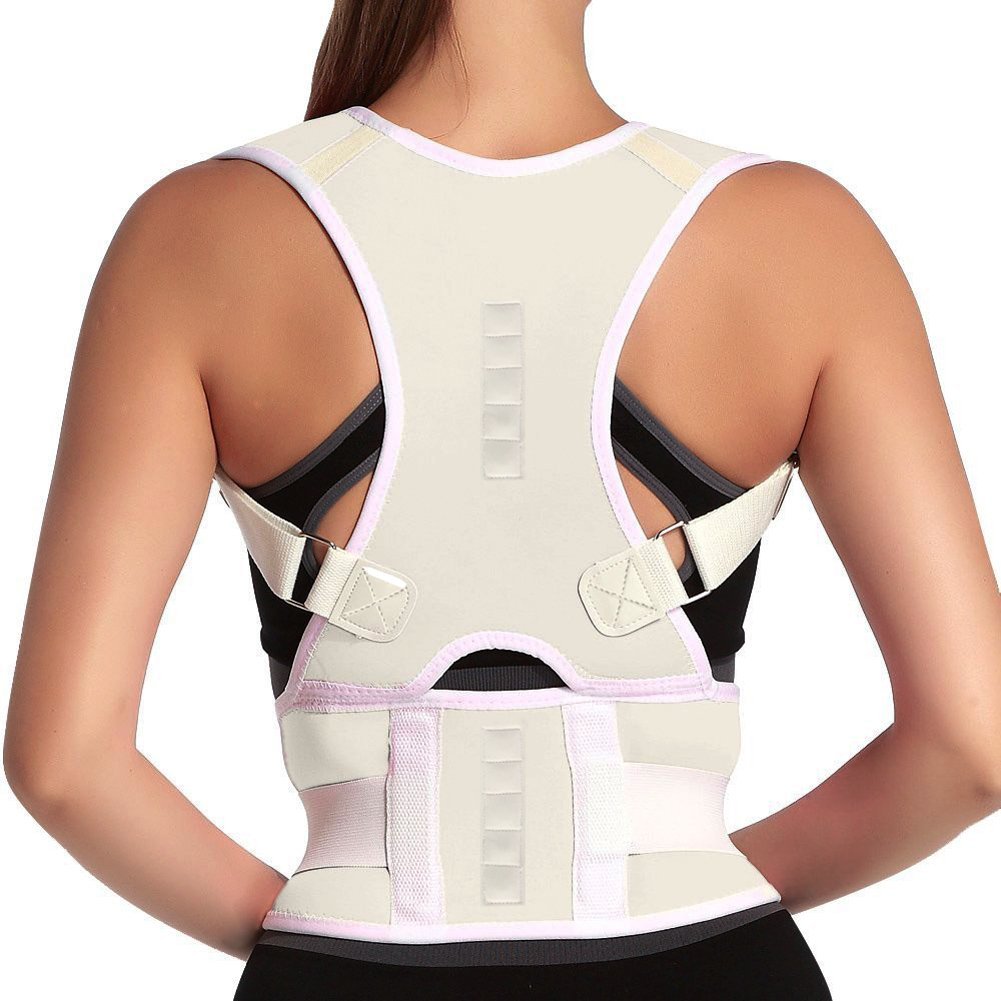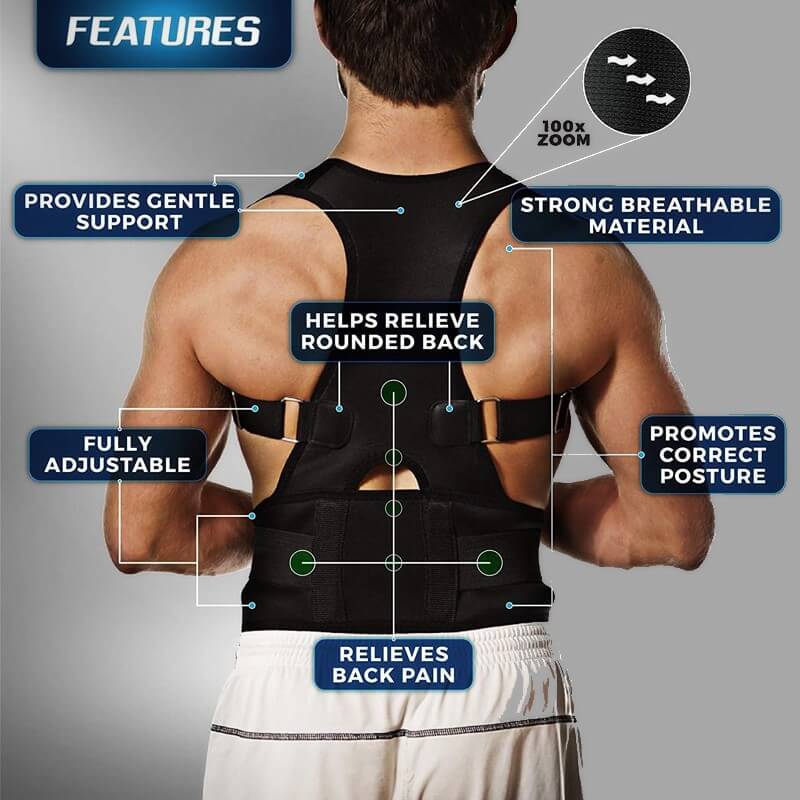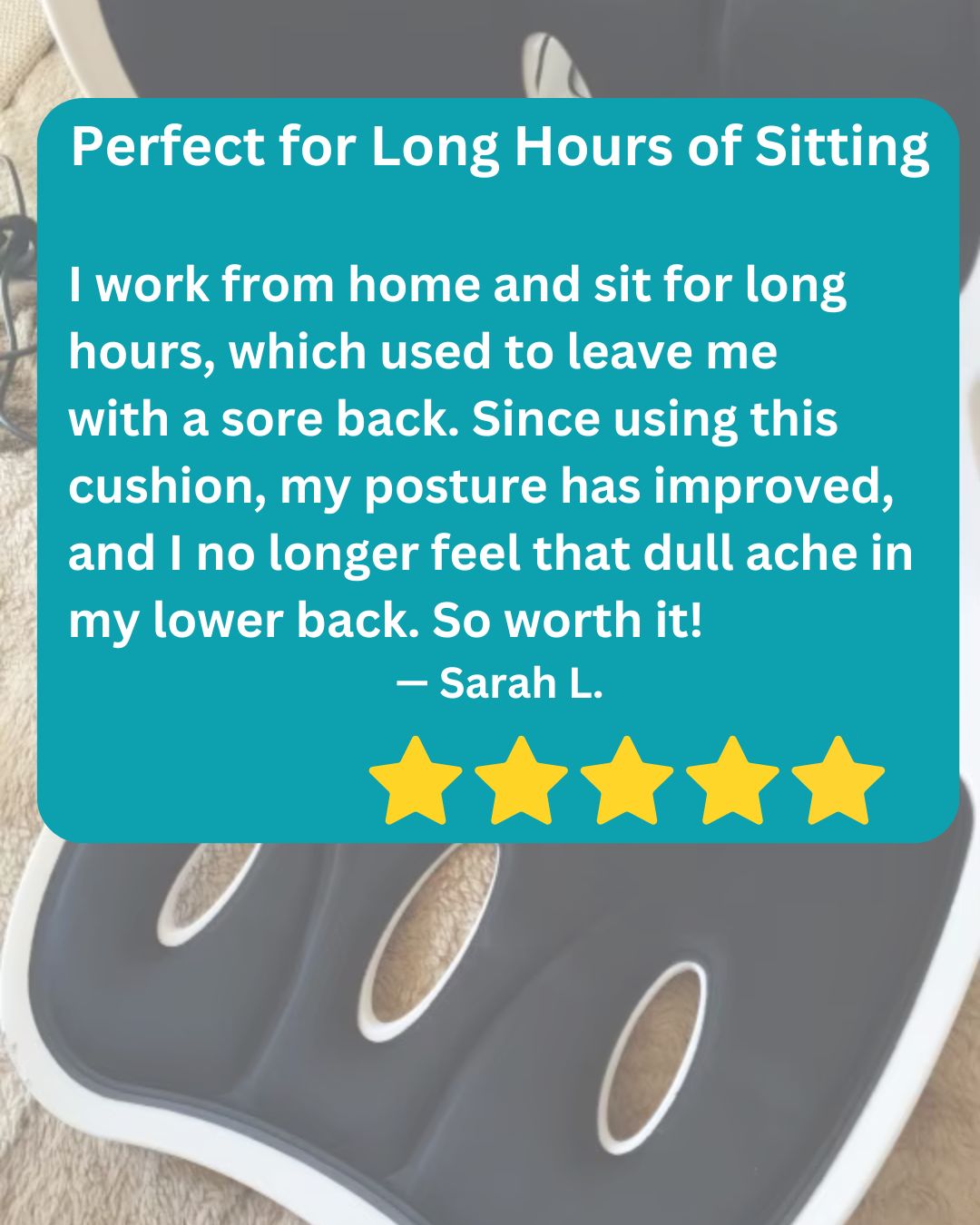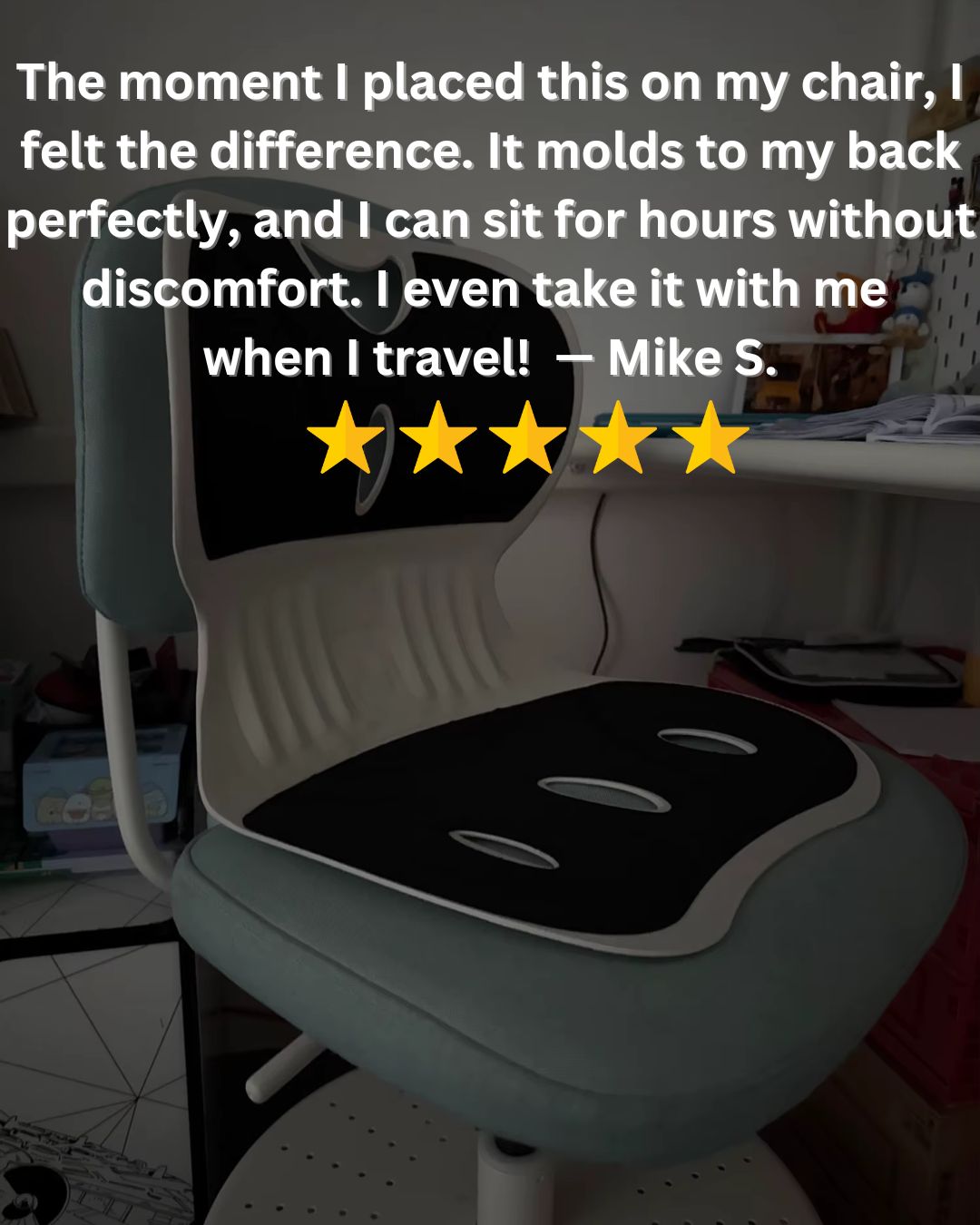Posture plays a crucial role in overall health and well-being. But just how important is your posture? Let's delve into the impact of posture on your body and health.

What is Posture?
Posture refers to the alignment and positioning of the body while sitting, standing, or lying down. Good posture involves maintaining the natural curves of the spine, shoulders back, and chin parallel to the ground.
Effects on Musculoskeletal Health
Poor posture can lead to various musculoskeletal issues, such as neck and back pain, muscle stiffness, and tension headaches. Over time, incorrect posture can contribute to the development of chronic conditions like kyphosis or scoliosis.
Impact on Breathing and Digestion
Believe it or not, posture can affect your breathing and digestion. Slouching or hunching over can compress the organs in the abdomen, leading to digestive issues. Additionally, proper posture allows for optimal lung function and oxygen intake.
Influence on Mood and Energy Levels
Posture not only affects physical health but also plays a role in mood and energy levels. Studies have shown that maintaining an upright posture can boost confidence, reduce stress levels, and increase energy throughout the day.
Prevention of Injuries
Good posture is essential for preventing injuries, especially during physical activities or exercise. Proper alignment of the body reduces the risk of strains, sprains, and other injuries by ensuring that the muscles and joints are in the correct position.
Enhancement of Productivity
Maintaining good posture can also enhance productivity and focus. When the body is properly aligned, there is improved blood flow to the brain, leading to better cognitive function and concentration.
Your mother was correct to frequently remind you to sit upright and stand tall. Back pain and other illnesses are worse by poor posture. According to studies, bad posture can cause:
Good posture improves mood.
Posture probably isn't the first thing that comes to mind when considering things that might lift your mood. Consider it in this way: Your mood may influence your posture, and your posture can influence your mood, since your brain and body communicate with each other in both directions. You could notice that when you're pleased, you sit up straight, but when you're unhappy, you're more likely to droop or slouch.
Try altering your posture the next time you feel your mood slipping; stand up straight and take a few deep breaths. You could get a slight mood lift as a result.
Good posture improves the health of the spine.
One of the simplest and most effective methods to maintain healthy spine is through good posture. While it can require some effort and concentration, practicing good posture will provide your back the support it needs. This is crucial if you spend the most of the day standing or sitting in an office chair.
Aligning yourself properly while sitting and standing increases blood flow, supports your muscles, ligaments, and tendons, and aids in maintaining the health of your blood vessels and nerves. Correct posture should be practiced regularly to reduce the risk of back and neck problems.
- Back and neck ache
- strained nerves
- Headaches
- Osteoarthritis
- TMJ/jaw discomfort
- Heartburn, diarrhea, and other digestive problems
- Compression of the ribs and related respiratory issues

Watch this short Ted Talk to understand The benefits of a good posture
Have you ever been ordered to sit up straight or chastised for slouching at a family meal? These kinds of remarks are irritating, but they aren't incorrect. Your posture, or how you hold your body while sitting or standing, is the basis for all of your body's movements and can influence how well it adapts.
Things like carrying weight or sitting in an uncomfortable position may cause these stresses. And then there's gravity, which we all feel every day. Your muscles have to work harder to keep you upright and balanced if your posture is poor. Some muscles will stiffen and become inflexible. Others will be stifled in the future. The capacity of your body is harmed by these defective adaptations.
 Wrong vs Right sitting Posture.
Wrong vs Right sitting Posture.
Poor posture causes extra wear and tear on your joints and ligaments, raises the risk of injuries, and reduces the efficiency of certain organs, such as your lungs. Scoliosis, stress headaches, and back pain have all been attributed to bad posture, but it isn't the sole cause of any of them.
Even your mental state and pain perception can be influenced by your posture. As a result, there are many reasons to strive for good posture. But it's becoming more difficult these days. Sitting in an uncomfortable position for a long time, as well as using computers or mobile devices that allow you to look downward, can lead to poor posture.
Bad Posture can have long lasting effects 
Many studies show that, on average, people's posture is deteriorating. So, when you look at the spine from the front or back, what does proper posture look like? From the side, all three vertebrae should appear to be stacked in a straight line. Three curves should be present in your spine: one at the collar, one at the hips, and one at the small of your back.
You didn't come into this world with a spine like this. The other curves in a baby's spine normally grow between the ages of 12 and 18 months. These curves help us stay upright and absorb some of the tension from tasks like walking and jumping while our muscles improve. If they are correctly aligned.
You should be able to draw a straight line from just in front of your shoulders to behind your hip, then to the front of your knee and a few inches in front of your ankle while you're standing up. This holds your center of gravity directly above your base of support, allowing you to travel quickly while avoiding exhaustion and muscle strain. Your neck should be straight, not tilted down, while you're sitting. Your arms should be tight to your trunk and your shoulders should be relaxed.

With your feet flat on the floor, your knees should be at a right angle. But what if your posture isn't as good as it should be? Try rearranging your surroundings and adjusting your computer. As a result, it's at or just below eye level. Use ergonomic aids to protect all areas of the body, such as your elbows and wrists.
If necessary, sleep on your side with your neck supported and a pillow between your thighs, wear low heels with good arch support, and use a headset for phone calls. It is also insufficient to simply have good posture. It's important to keep the muscles and joints going. In fact, standing for long periods of time with good posture may be more harmful than normal movement with bad posture.

When you do travel, make sure you move smartly and hold whatever you're holding close to you. Backpacks should be worn symmetrically and in contact with your back. If you spend a lot of time sitting, get up and walk about on a regular basis, and make sure to exercise.
On top of all the other benefits to your joints, bones, brain, and heart, using your muscles will keep them healthy enough to serve you effectively. If you're very concerned, see a physical therapist, so you can definitely stand up straight.
 Improving your posture gradually will improve your whole body from inside out.
Improving your posture gradually will improve your whole body from inside out.
Posture during work, why it's important to maintain it
Workplace wellbeing is no longer only a buzzword often used in generation Z companies; rather, smart, forward-thinking, and compassionate businesses are moving in this direction. The engagement, morale, and productivity of a staff are all recognized to be considerably aided by this type of employee investment.

When it comes to workstation use and design, ergonomics are crucial in encouraging optimal practices. However, maintaining excellent posture is crucial and sometimes goes unnoticed even if it complements employing ergonomic tools. Every office worker may make a significant improvement to their working days by consciously changing, improving, and keeping proper posture.



